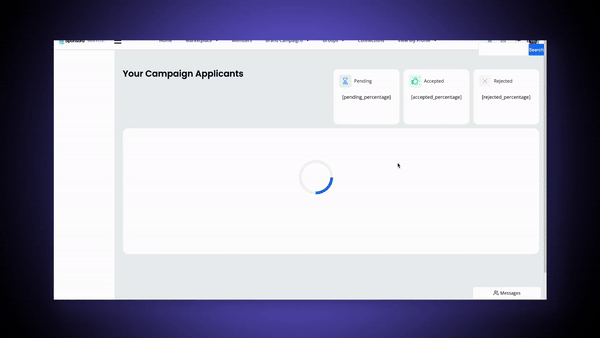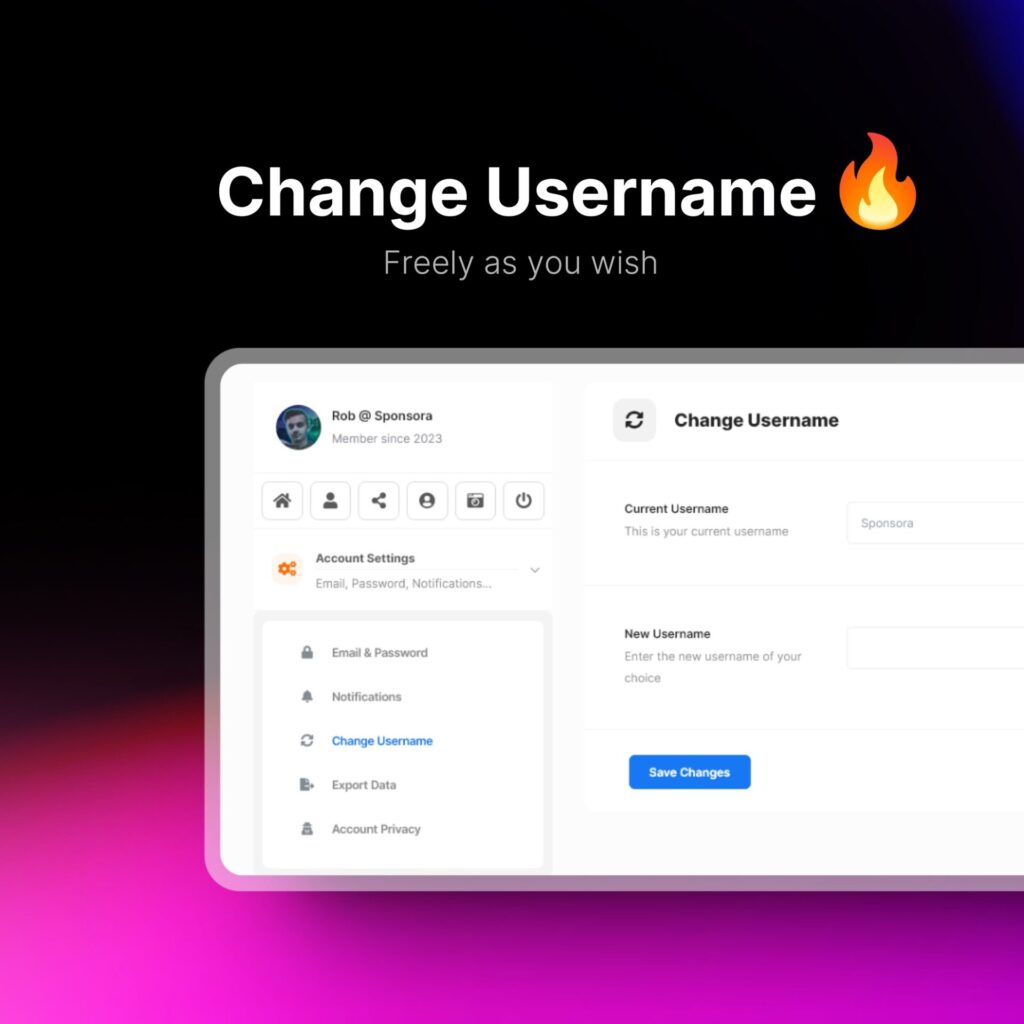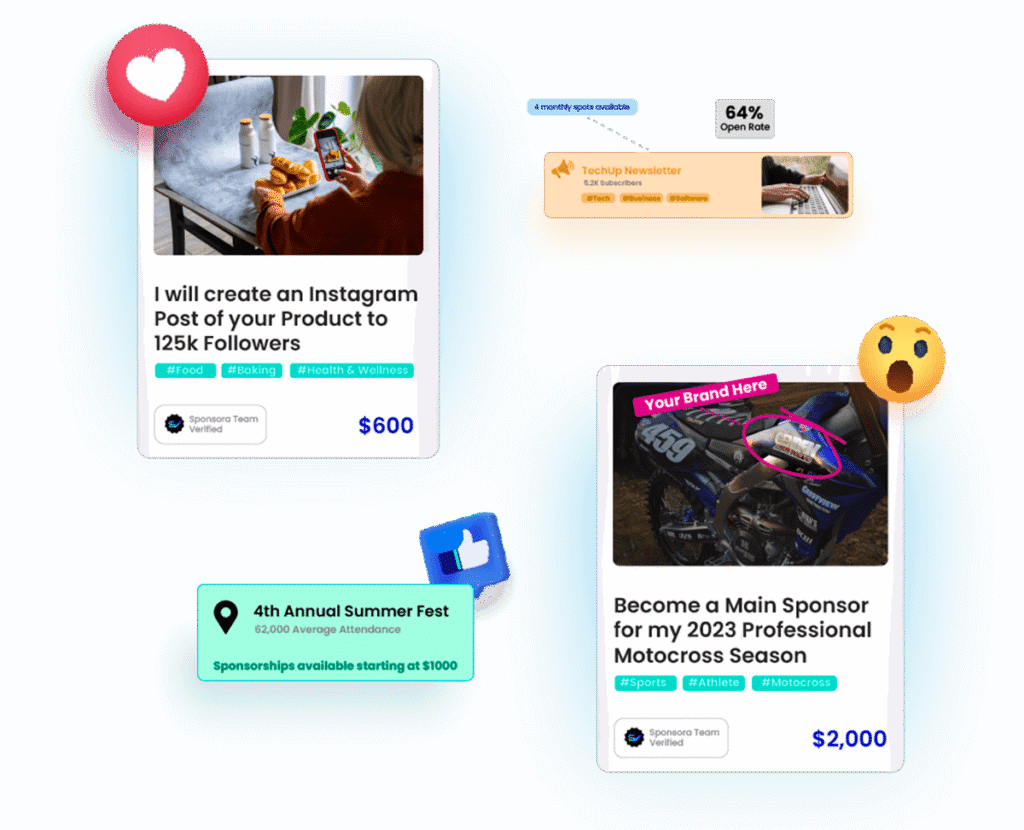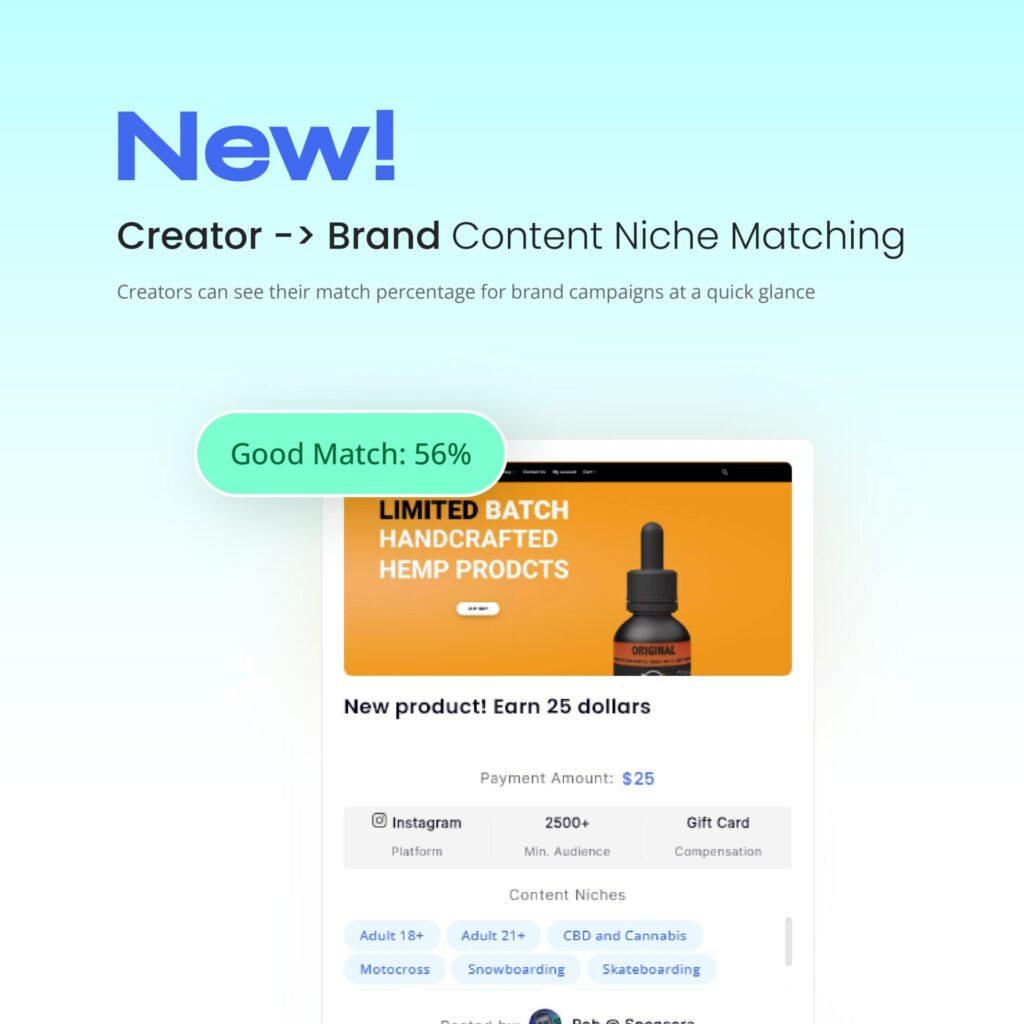CASE STUDY
Sponsora Dual Sided Sponsorship Marketplace for Brands & Content Creators
This case study goes from 0-1 of building the Sponsora platform. This project took me almost a full year to solely build due to how many features and internal systems there are, like Brand Campaign management, custom Stripe Integrations, Link In Bio tool with strategic URL shortening and a lot more intricacies.
- Updated: April 11, 2025
The Problem
When I ran a CBD brand, I sent over 1,000 sponsorship emails. Zero replies. Existing platforms were outdated, overpriced, or didn’t support “non-traditional” creators, especially in niches like CBD or action sports.
- For creators, it felt impersonal.
- For brands, it was expensive guesswork.
The Goal
To build a dual-sided platform that gives both brands and creators an even playing field:
- Build Creator & Brand tools
- Brand Campaign System
- Build longer lasting partnertships
- Democratize brand partnerships for creators of all sizes
My Work/Roles
- 0–1 Product Design & UX Strategy
- Full Custom WordPress Development
- Dashboard UX & Data Modeling
- Stripe Connect Integration
- Custom Link-in-Bio Tool w/ Branded URL Shortener
- Marketplace & Onboarding Flows
- SEO + Tool-based Acquisition Strategy
Time to complete:
- ~10 months
The Results
Users signed up
Since launching in November 2023
Custom functions
Built atop WP
Revenue
but insights worth more than gold
What I Built
Creator Tools
To help drive early SEO and user trust, I designed and built:
- Sponsorship Calculators (Instagram, YouTube, TikTok, etc.)
- A custom Link-in-Bio tool w/ smart redirecting
- Auto-generated Creator Pages with embedded stats
- Refactored the navigation to emphasize discoverability
These small tools doubled as acquisition plays and UX touchpoints — designed to make creators feel in control.
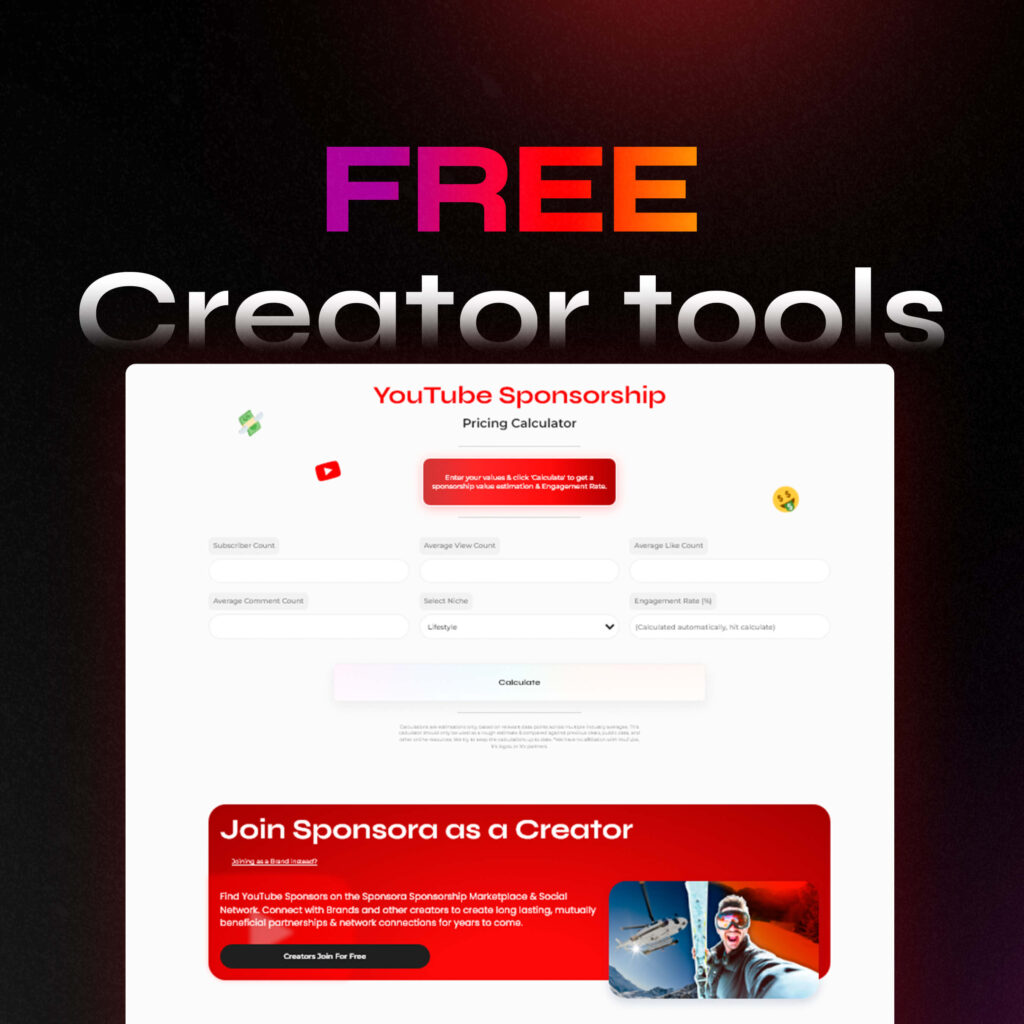
Brand Features
I designed a modular system for brands to:
- Create custom campaign listings with clear deliverables
- Filter & match with creators based on an algorithm
- Manage campaign workflow & approvals from one screen
- Fulfill campaign payments & options
- One-way messaging for safer contact flow
All built using custom post types, repeatable custom fields, campaign application management and intuitive dashboards tailored for brand marketing teams.
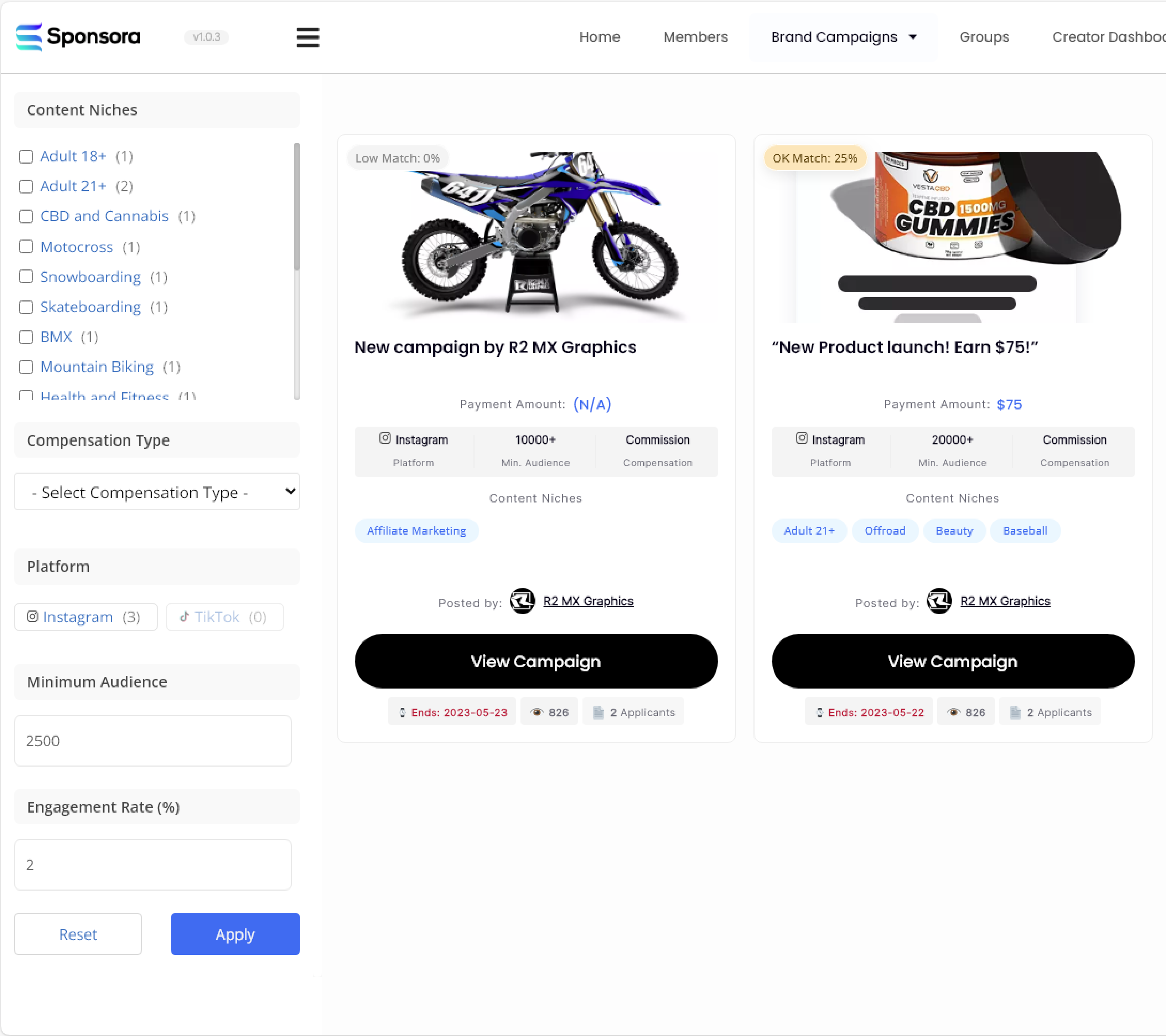
Custom Dashboards
- Built out separate dashboards for brands and creators, with logic based on roles
- Designed an onboarding flow for Phyllo SDK that pulls verified follower counts, engagement, and audience breakdown
- Worked around third-party plugin limits with custom-built middleware and API bridges
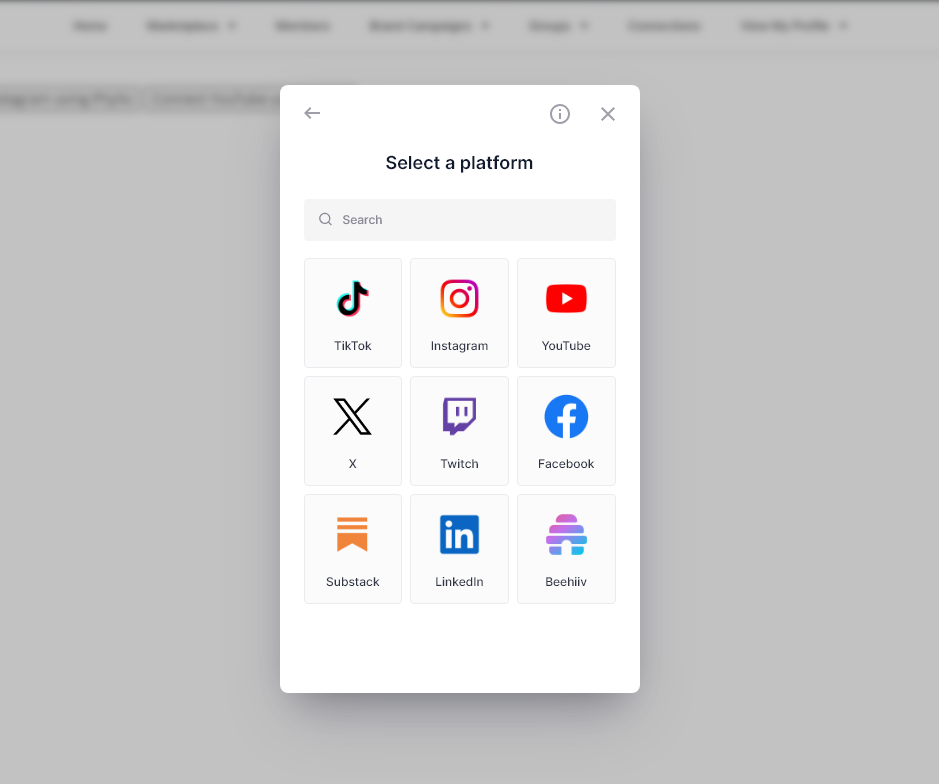
Link-in-Bio System (Growth Hack)
As an SEO & hands-off marketing play, I created a custom Link-in-Bio generator on a branded strategic domain.
- Developed a custom URL shortener system using YOURLS
- Branded it on a separate root domain: s.ponsor.me
- Every creator’s shortened link redirects users to their Sponsora-native profile with analytics tracking
- Helps with creator adoption while boosting platform backlinks
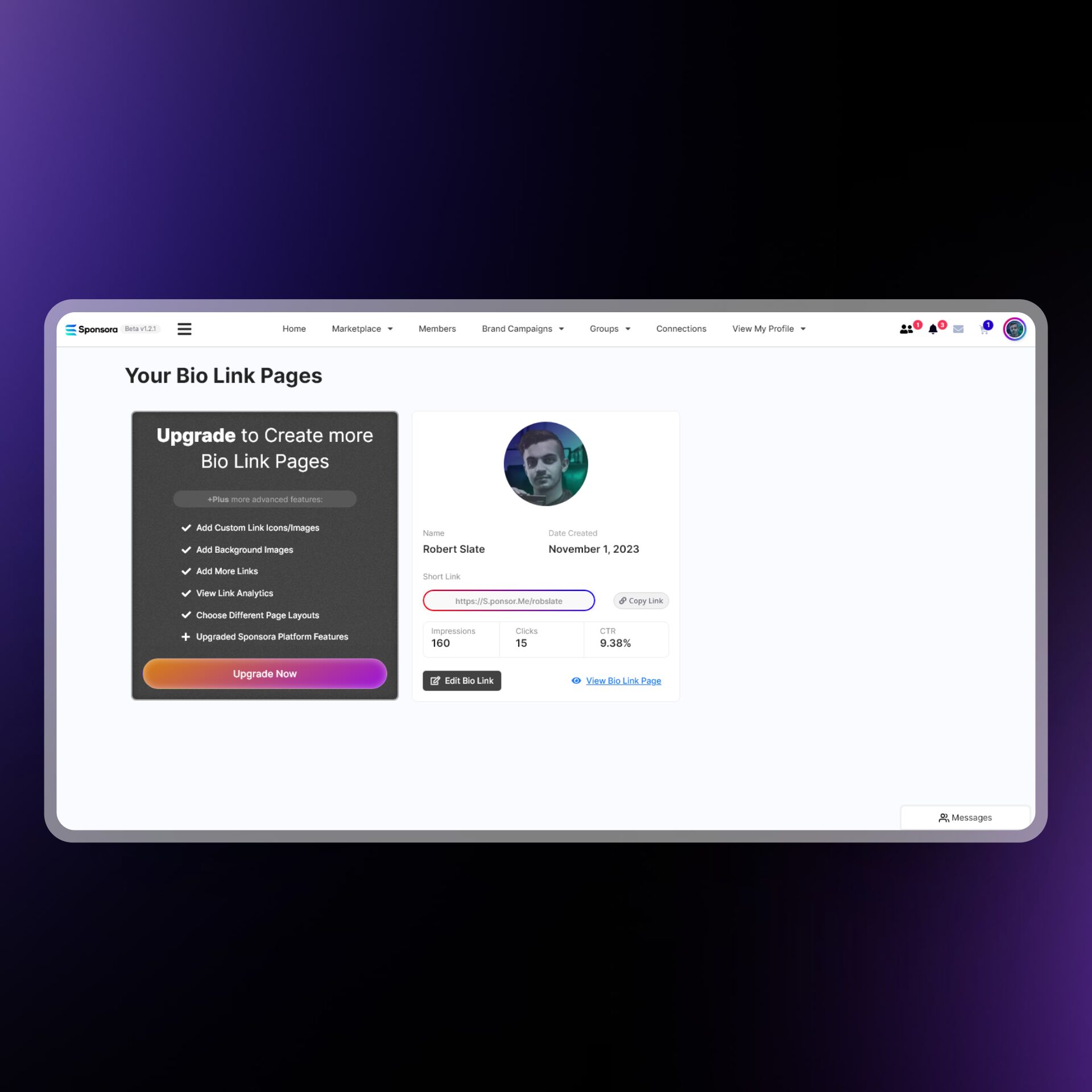
UX Architecture: Social x Marketplace
Unlike dry directories or scam-ridden networks, Sponsora blended social profiles with marketplace listings. Routing between campaign pages, creator profiles, and brand dashboards required a multi-layered structure, but kept user experience tight and contextual. Most systems were custom-built on top of WordPress core with only minimal plugin use for speed.
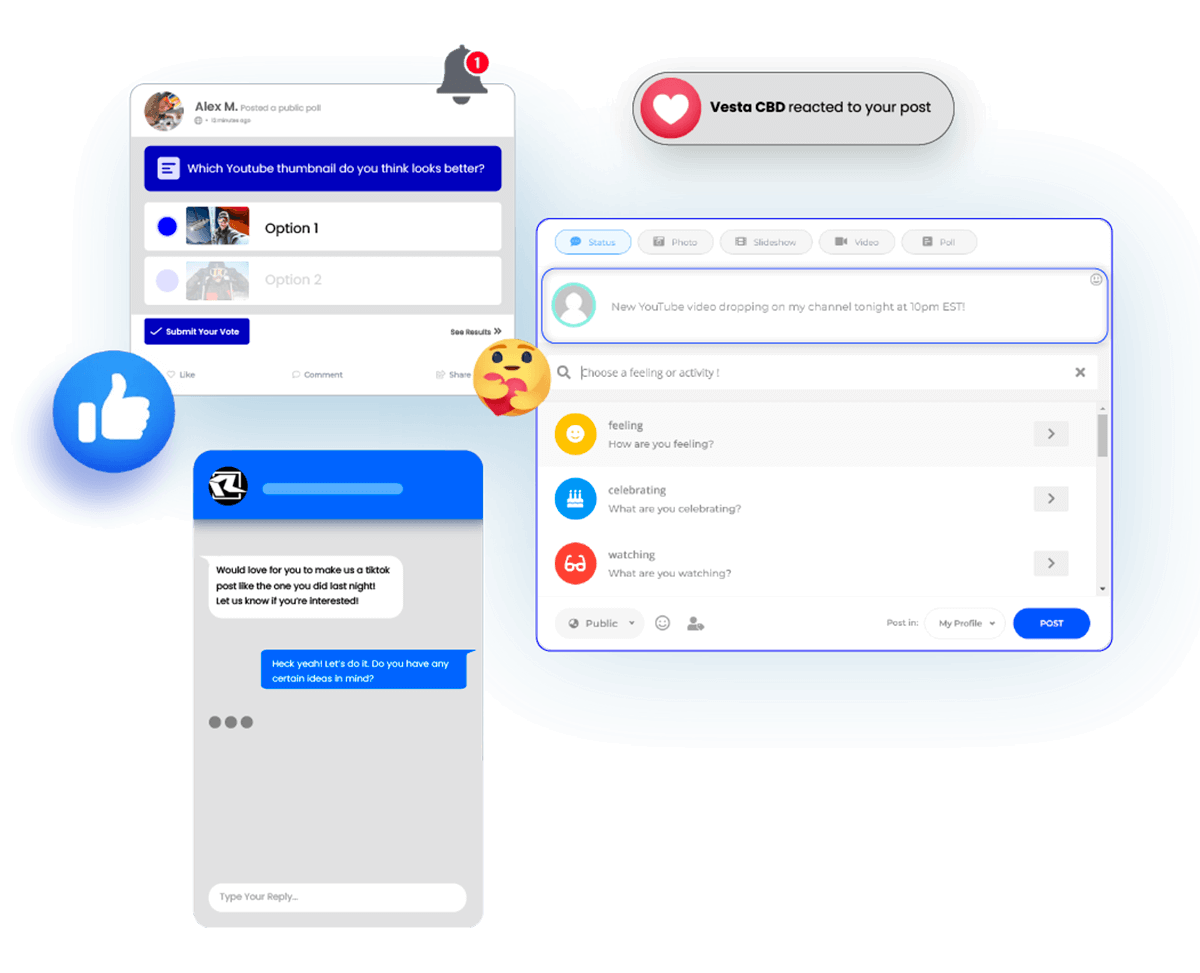
What I Learned
- Dual-sided marketplaces are UX puzzles & context switching can kill trust
- Acquisition can start with utility like SEO tools > blog content
- Free tools (like calculators) bring better-qualified traffic than ad spend early on
- Zero revenue doesn’t mean zero value. I built trust, built traffic, and built a launchpad for what’s next
- Clear roles & onboarding flows are make-or-break for platforms with different user types
Final Notes
This wasn’t just a product, it was a mission to fix something I personally experienced. Sponsora taught me how to design for both sides of the table, build entire systems from scratch, and approach growth through smart utility and user-centered structure.
Tools help you build trust. Design makes sure it’s earned.


